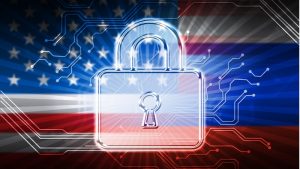While 2021 certainly had some attention-getting ransomware attacks, a new report from anti-virus software company Emsisoft found that ransomware attacks dropped in 2021 for both state and local governments (SLGs) and educational organizations.
The City College of New York (CCNY) announced that it is now directly connected to the COSMOS beyond-5G testbed, which is supported by multi-million dollar investment from the National Science Foundation (NSF).
Northeastern Regional Information Center (NERIC) announced that it has contracted with Edupoint Educational Systems to offer the company’s Synergy Education Platform to NERIC member schools.
As part of the state’s ongoing efforts to curb the spread of the coronavirus, Vermont residents can now pilot a new online system for ordering and delivering rapid COVID-19 tests.
The South Carolina State Board of Education announced that it has approved a new science techbook for statewide use as a core instructional resource.
During the pandemic, state and local government agencies accelerated the shift to digital services to keep vital programs and services running. However, according to Adam Thornton, the general manager for NIC Pennsylvania, there is now a new wave of the digital transformation movement.
The Department of Defense (DoD) has launched the DoD University Consortium for Cybersecurity (UC2) to better facilitate communication between the Secretary of Defense and academia, and fulfilling a requirement from the 2020 National Defense Authorization Act, DoD announced Jan. 10.
Amid the spike in cases of the COVID-19 Omicron variant, New Jersey Gov. Phil Murphy signed a bill that extends for the next two years the requirement adopted at the beginning of the pandemic that health benefits plans must reimburse health care providers for telehealth and telemedicine services at the same rate as in-person services, with limited exceptions.
Massachusetts has released a new tool to give residents a new way to access their COVID-19 digital vaccine card and vaccination history.
The Senate this week approved legislation sponsored by Sens. Gary Peters, D-Mich., and Rob Portman, R-Ohio, which would promote stronger cybersecurity coordination between the Department of Homeland Security (DHS) and state and local governments.













